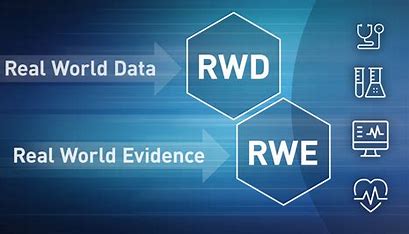Real-world evidence (RWE) refers to the data collected from real-world settings, outside of the controlled conditions of clinical trials. This data can come from a variety of sources, including electronic health records (EHRs), insurance claims, patient registries, and even social media. In the context of pharmacovigilance, which is the science of monitoring the safety of drugs and ensuring that their benefits outweigh their risks, RWE plays a crucial role in several ways:
1. Detection of Adverse Drug Reactions (ADRs)
- Enhanced Detection: RWE can help identify rare or unexpected ADRs that may not be apparent in clinical trials due to their controlled and often limited participant populations. By analyzing large datasets from diverse populations, pharmacovigilance professionals can spot signals that might indicate potential safety issues.
- Post-Market Surveillance: After a drug is approved and in use, RWE helps in continuously monitoring its safety profile. For example, if a new pattern of adverse events emerges in the general population, RWE can help in detecting these trends more quickly.
2. Understanding ADRs in Diverse Populations
- Population Diversity: Clinical trials often have specific inclusion and exclusion criteria that limit the diversity of participants. RWE provides insights into how a drug affects various demographics, including different age groups, genders, ethnicities, and those with comorbid conditions.
- Real-World Outcomes: By examining how drugs perform across different subpopulations, pharmacovigilance can better understand differential impacts and risks.
3. Assessing Long-Term Safety
- Chronic Use Monitoring: Clinical trials may not always capture the long-term effects of a drug. RWE allows for the monitoring of drugs over extended periods, helping to identify long-term safety issues and trends that might not be evident in shorter-term studies.
4. Informing Risk Management Plans
- Risk Evaluation and Mitigation Strategies (REMS): RWE can inform the development and adjustment of REMS by providing insights into how well existing risk mitigation strategies are working and whether additional measures are needed.
- Benefit-Risk Assessment: RWE aids in continuously evaluating the benefit-risk profile of a drug, which can lead to updates in labeling, usage recommendations, and even withdrawal of drugs from the market if necessary.
5. Supporting Regulatory Decision-Making
- Regulatory Submissions: Pharmaceutical companies and regulatory agencies use RWE to support regulatory submissions and decisions. For example, data from real-world settings can complement clinical trial data to provide a fuller picture of a drug's safety and efficacy.
- Post-Marketing Commitments: Regulators may use RWE to monitor compliance with post-marketing study commitments and ensure ongoing drug safety.
6. Patient-Centered Insights
- Patient Perspectives: RWE often includes patient-reported outcomes and experiences, which provide valuable insights into how drugs affect patients in their daily lives. This information can be crucial for understanding the practical impact of drugs and improving patient safety.
Challenges and Considerations
Data Quality and Integration: Ensuring the accuracy and completeness of RWE can be challenging. Integrating data from multiple sources while maintaining data quality and consistency is crucial.
- Privacy and Security: Handling patient data responsibly, with respect to privacy laws and regulations, is essential in using RWE effectively.
In summary, RWE significantly enriches pharmacovigilance by providing ongoing, real-world insights into drug safety and effectiveness, helping to ensure that therapeutic benefits outweigh potential risks in diverse patient populations.


No Comments